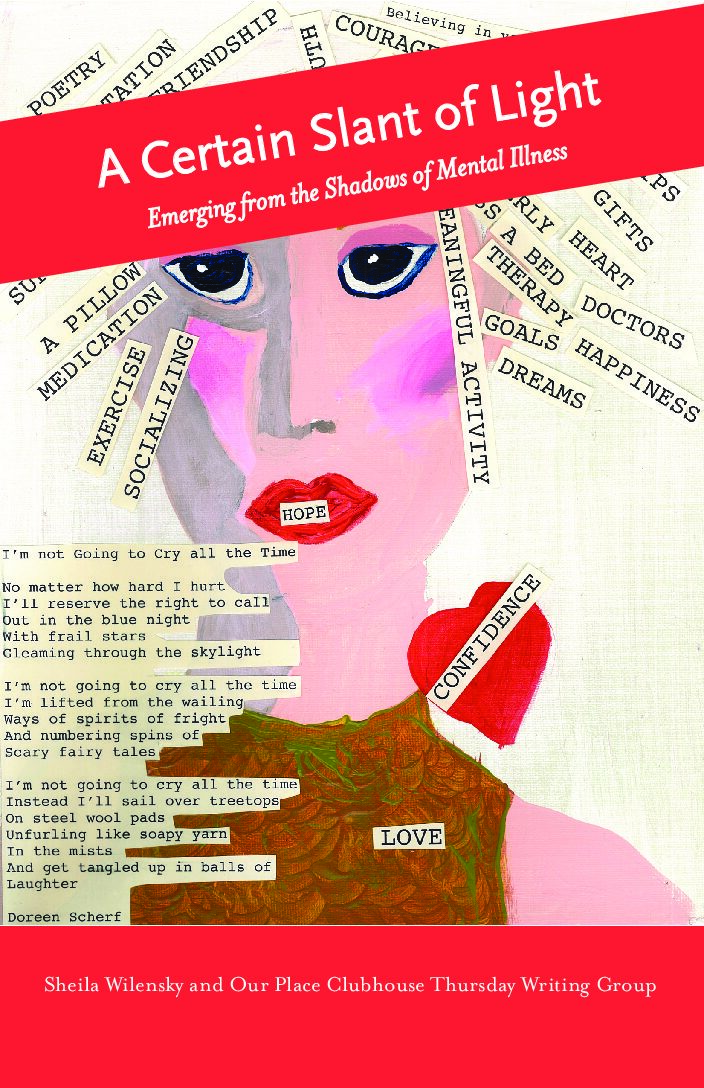With so many parents and guardians at home with their kids, we’re offering Writing Our Way Through: clear, fun, and engaging “lessons” for writing at home with young people. Below are tips for parents and guardians leading the WOWT activities at home.
Author/Teaching Artist: Matthew Burgess
- Welcome! The first series of lessons we post serve as an entry to imaginative writing and are designed to be accessible to everyone—even very young writers. While you don’t need to follow the sequence in any rigid way, these introductory lessons are designed to develop a foundation that can be built upon later. You can think of this as a sequential curriculum that begins with “the basics” and then gradually introduces more complexity as the participants’ confidence and skill set deepens.
- Above all else, approach these exercises playfully. Think of them as experiments or explorations, as games to be played around the kitchen table. Shirk and shake off any baggage you might be carrying about your own perceived “weaknesses” as a writer or about the word “poetry” (which is loaded for many people). The point is to play and to see what happens with curiosity and openness. Put the perfectionist, the critic, and the killjoy in a closet and lock the door for the duration.
- If you’re familiar with the term “free write,” terrific. Most of what we will be doing can be seen as guided or structured free writes. If you’re encountering this term for the first time, here is one definition: when we write freely, we temporarily set aside any anxieties about grammar, spelling, punctuation, ‘sounding smart,’ ‘doing it right,’ or producing a piece of writing that will be evaluated, graded, or judged. When we write freely, we follow the flow of our writing and see where it leads. If you get a wild idea that seems to deviate from the prompt or subject, follow it. If you find that you don’t seem to be “making sense,” that’s fine too. The only “rule” of free writing is to try to keep your pencil moving for most of the allotted time (though even this is flexible). In other words, we think or imagine on the page so as to avoid getting tangled in our thoughts or doubts. Note: revision and editing are separate processes that may or may not come later. As one of my heroes, the artist and teacher, Corita Kent, advised: “Don’t try to create and analyse at the same time. They’re different processes.”
- With this in mind, you might want to start out by making these reminders clear to all participants. If you are writing with younger kids, they might not have accumulated these stresses and negative self-beliefs yet; in this case, challenge your own demons privately and plunge into the fun. But if you sense that participants are worried in any way, give them lots of permission to play on the page and to be free. Assure them that there is no “right way” to do this. You might need to remind them (gently, repeatedly) that if we stop to worry about how to spell a word, we short-circuit our creative flow. Sound it out and keep going is a good rule of thumb. You can model this by showing and sharing work that is unfinished or clumsy in places; this will send the message that so-called “mistakes” are a necessary and welcome part of the creative process.
- As much as possible, turn off or put away cell phones and devices during these activities. Alerts, notifications, text messages, and calls are the enemy of the “flow state” that we hope to create.
- When you are sharing a “mentor text,” do not feel compelled to explain its deep meaning or significance. Too many people are afraid of imaginative writing because they fear a multiple-choice pop quiz might be lurking around the corner. Allow participants to share their observations and insights while fostering a sense of enjoyment without fear of judgment. “What do you notice about this?” is a much better and more inviting place to begin talking about a piece of writing than “What does it mean?”
- When it comes to sharing aloud, the writer always should have the choice to pass. A “free write” isn’t really free if you are obligated to read it or share it, and pressuring someone to share sends the wrong message. Encourage and invite, but never demand.
- When responding to work that is shared, one approach is to identify something that feels vivid or insightful or striking—a word, a phrase, an image—and communicate that to the writer. I generally avoid excessive praise because it can raise one’s own expectations and standards, thus inadvertently causing anxiety about repeating the performance. Just emphasize what’s working, what’s most alive, and save “constructive criticism” for more experienced writers.
- Most of these lessons can be adapted up or down quite easily. If you have very young participants who are still learning to write, you can take turns or let them dictate lines and ideas to you, their friendly amanuensis. If you think a lesson might be too simplistic for your writers, you might consider ways of making it more challenging or sophisticated. Be flexible and inventive with the “steps” and adapt them as you see fit.
I would love to hear about how this is working for you. If you have any questions or suggestions about additional tips, please don’t hesitate to contact me at mburgess@twc.org.
Matthew Burgess is an Associate Professor at Brooklyn College. He is the author of eight children's books, most recently The Red Tin Box (Chronicle) and Sylvester’s Letter (ELB). Matthew has edited an anthology of visual art and writing titled Dream Closet: Meditations on Childhood Space (Secretary Press), as well as a collection of essays titled Spellbound: The Art of Teaching Poetry(T&W). More books are forthcoming, including: As Edward Imagined: A Story of Edward Gorey (Knopf, 2024), Words With Wings & Magic Things (Tundra, 2025), and Fireworks (Harper Collins, 2024). A poet-in-residence in New York City public schools since 2001, Matthew serves as a contributing editor of Teachers & Writers Magazine.




